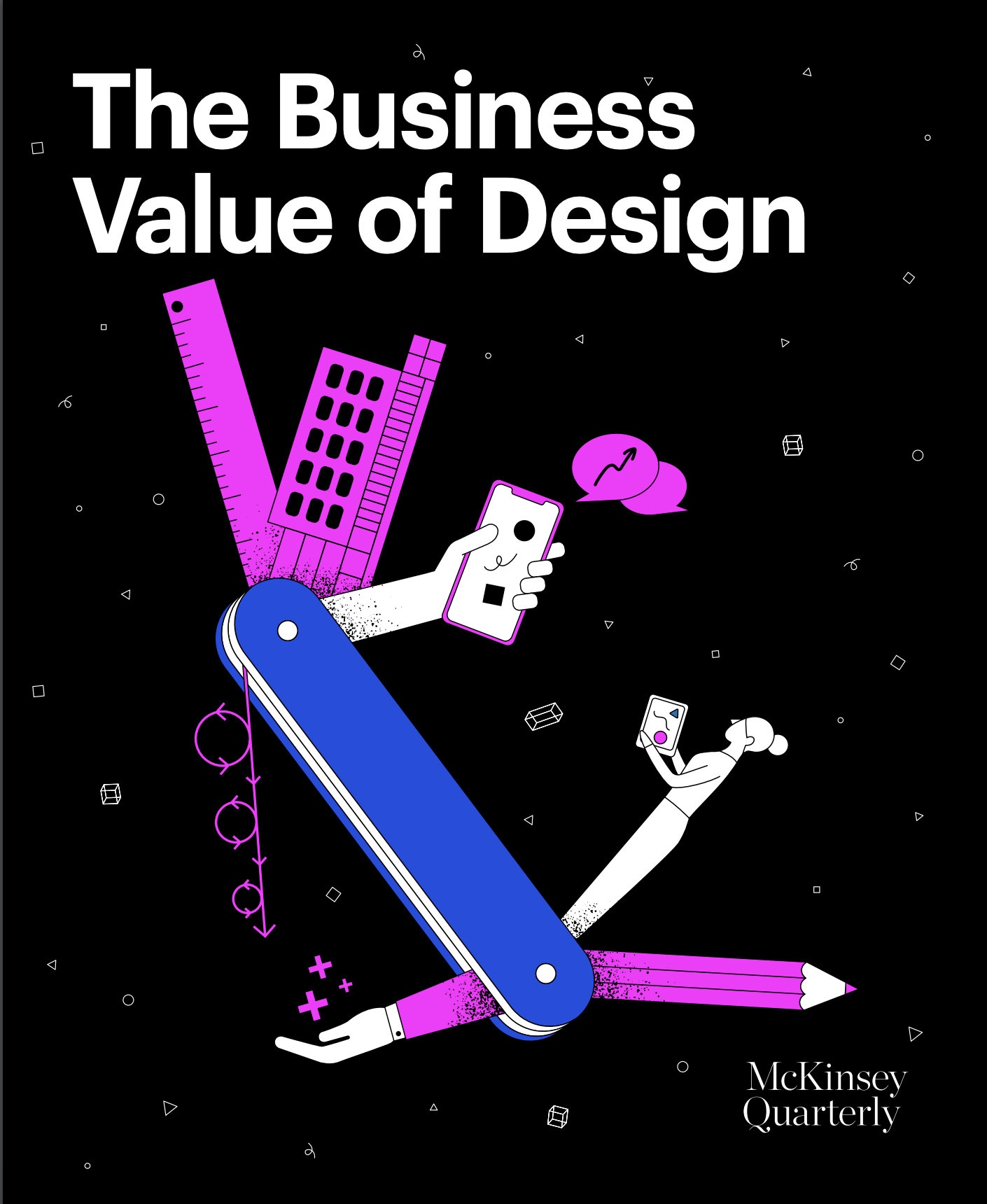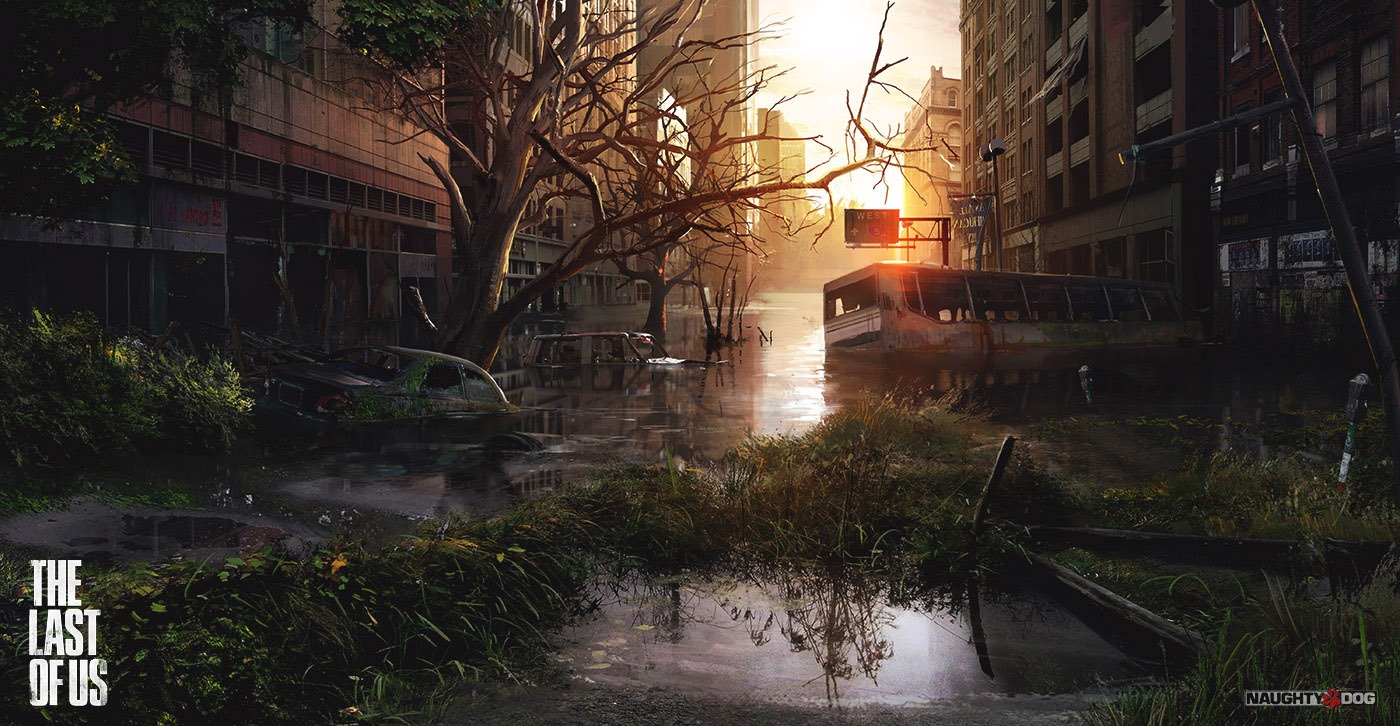We’re still a few weeks from saying our goodbyes to 2018, and unless Apple is planning to hold an unprecedented fifth keynote this year, 2018 will go down in history as the year when Apple launched a range of innovative products. In the hype and the hoopla that generally accompanies all Apple events; some individuals might even be vindicated in assuming they are just normal product launches, although undoubtedly the company has given us a sneak peek into its future direction of integrating the best-in-class design and tech elements into great-looking, innovative products. In short, there has never been an exciting moment to anticipate which product and tech iteration Apple would demonstrate at their next glittering event.
2018 should set the tone for Apple’s future design roadmap
It was last year when Apple’s approach in breakthrough hardware and software design gained fruition and we finally began to see the perfection with Apple’s design iterations. To cite an example, it was September 2017, when along with the Apple Watch Series 3, the Apple TV 4K, the iPhone 8 and 8 Plus, Apple unveiled a revolutionary form factor of its flagship product the iPhone X on its tenth anniversary. The bezel-less design of the iPhone X was what impressed many, a paradigm shift in the iPhone ergonomics that was hitherto accompanied by a home button. The new form factor certainly met the expectations of the markets but then it was also the introduction of the Face ID technology a new generation of secure digital authentication which also made a mark. In a nutshell, that event marked a significant detour in the way products were going to be designed and integrated with advanced technology. In fact, not very long ago, I had mentioned a critical aspect of Apple’s future design roadmap that was supportive of modern & imminent technologies and in the process, they were also influencing behaviour change with user interaction. That being said here’s what I liked from Apple’s ‘orchard’ this 2018, 3 revolutionary product ideas with their underlying hi-tech, that I believe would eventually transform the way we interact with the world around us, and my strategic learning from the product launches so far.

Continue reading…The product design philosophy of Apple could be easily summarized with this insightful quote by French aviator and poet Antoine de Saint-Exupéry, he says, “perfection is achieved not when there is nothing more to add, but when there is nothing left to take away.” That sentiment is so deeply ingrained in every aspect of Apple’s design DNA.




